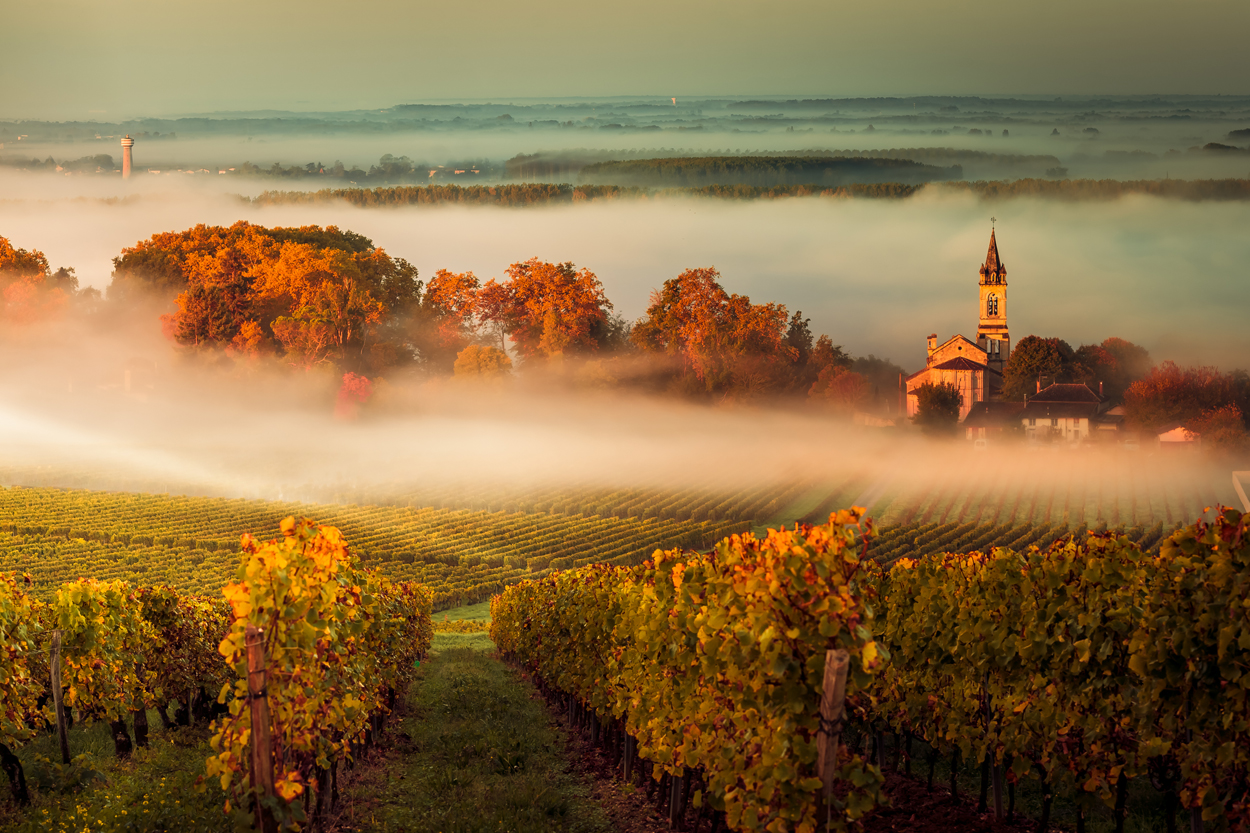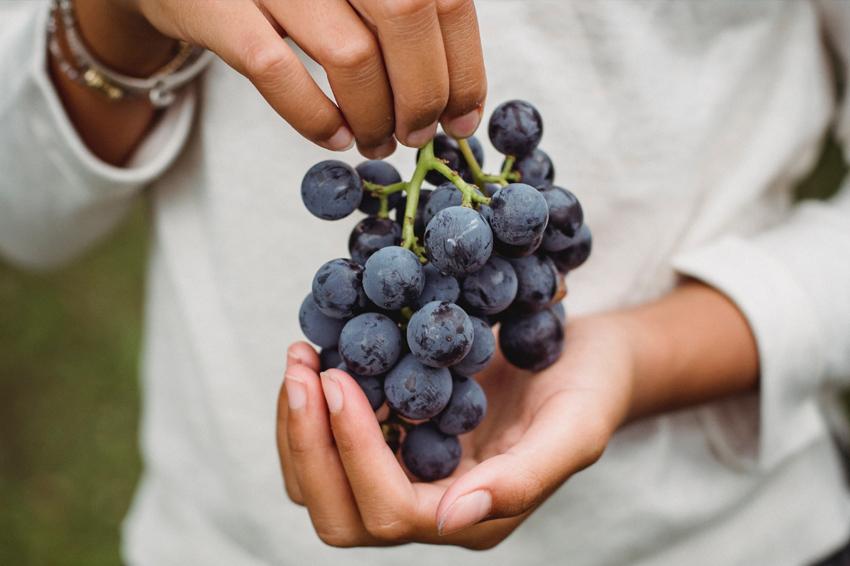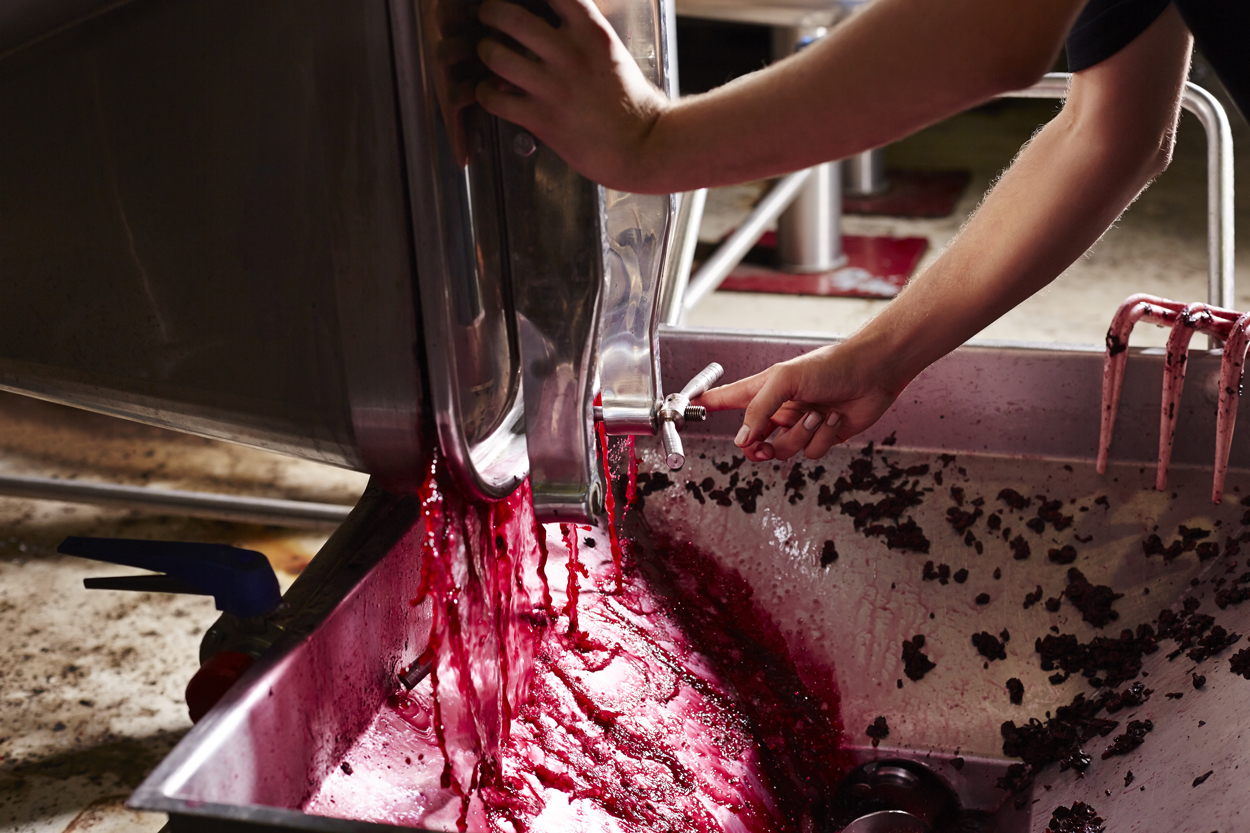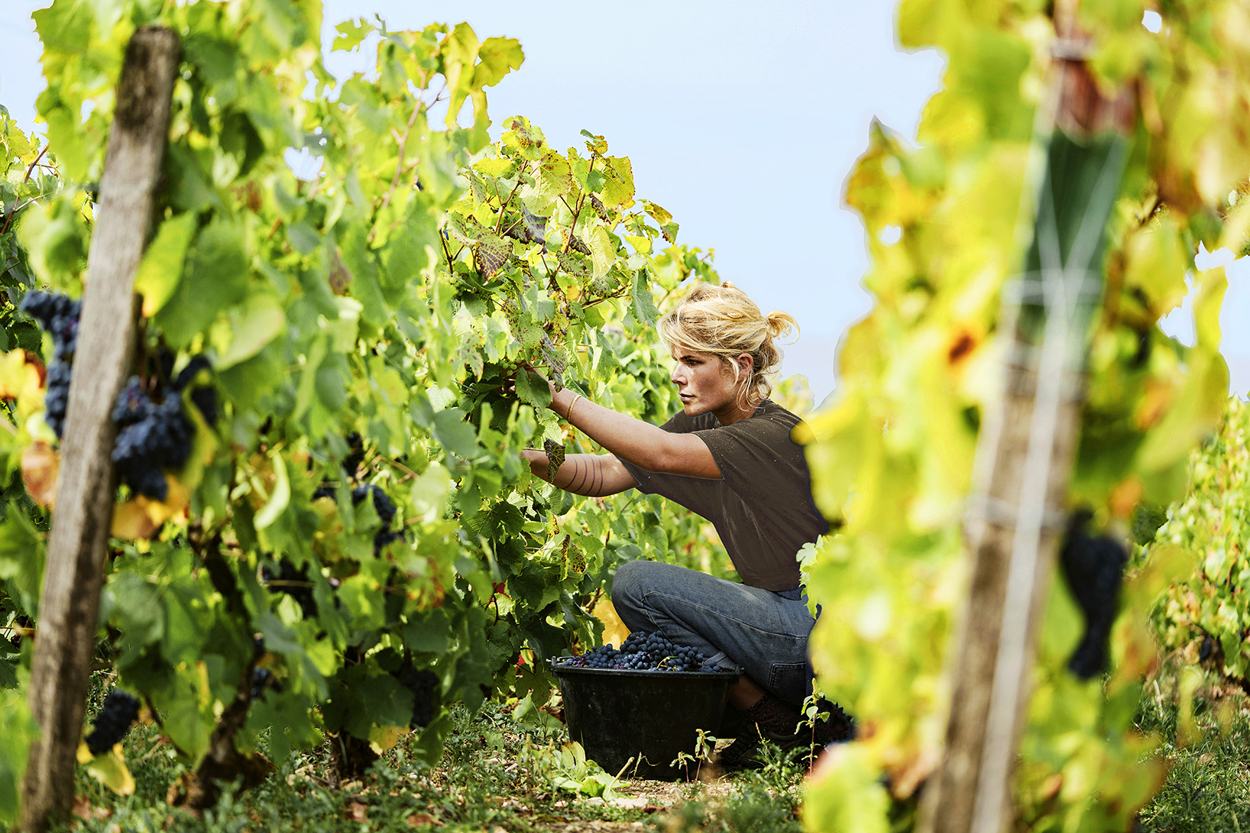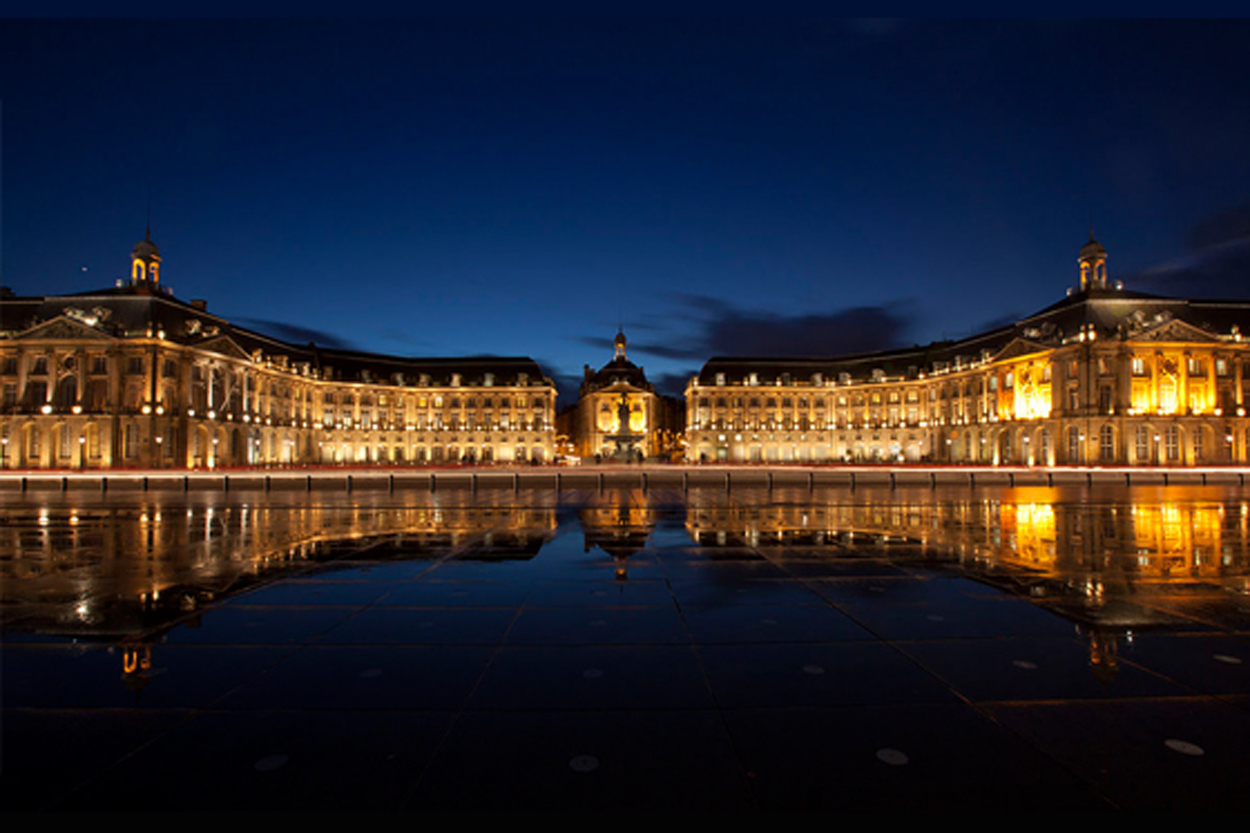The Bordeaux region is one of the most important and influential wine regions in the world! It is located on the west coast of central France. The Bay of Biscay leads into the Gironde estuary, which divides into the Dordogne and Garonne rivers, cutting through the centre of Bordeaux creating two important winemaking regions: the Left Bank and the Right Bank. These regions form the backbone of Bordeaux’s identity. The region has marginal climate due to its proximity to the Atlantic Ocean and it experiences a great deal of vintage variation. As a result, it’s important to grow a variety of grapes to ensure that at the end of any given vintage wine can still be made. Grape varieties don’t all ripen and develop at the same time.
Grapes
A red Bordeaux blend can incorporate up to six different grapes: Merlot, Cabernet Sauvignon, Cabernet Franc, Petit Verdot, Malbec, and Carménère. The latter two rarely make appearances, but when they do, they appear only in small quantities (less than 2 percent of the blend). Merlot and Cabernet Sauvignon are instead the dominant players and are both necessary to be considered a Bordeaux blend. The proportion of each depends on which bank of the Gironde estuary the winery sits on - left (Cabernet Sauvignon dominant) or right (Merlot dominant).
Go Left?
The Left Bank of Bordeaux is composed primarily of gravelly soils. These soils, deposited during the last ice age, are heat retentive and free draining. This is important as the area is kept cool by the proximity to the sea so these soils keep the Cabernet Sauvignon vines warm enough, and dry enough, to give high quality grapes. Its four best-known appellations – from north to south – are St-Estèphe, Pauillac, St-Julien and Margaux. Within these communes, you will find the super famous names of Lafite Rothschild, Château Margaux and Château Latour. These are the wines that have weight, power, and structure and require long periods of ageing. Whilst these big names are mostly traded or bought for investment these days, second wines from prestigious châteaux can offer fantastic value as they are produced on the same terroir as the main Château, with the same expertise. The grapes come from younger vines which don’t yet have the maturity to go into the ‘Grand Vin’ or best wine. There are also many other great wines to discover on the Left Bank, we have some amazing examples from vintages that are drinking beautifully right now.


Lions De Batailley, Pauillac, 2016
Enticing aromas of bramble and hedgerow fruit fuse with clove and cinnamon spice. Impressive weight and structure on the mid-palate with ripe, fine tannins that wrap around a blackcurrant and bramble core fused with gentle cedar toasted spice.


Chateau Deyrem Valentin, Margaux, 2014
Deyrem Valentin is always a good buy and is one of our star entry-level Margaux. Charming nose of black cherry and cassis with hints of cedar spice. Medium-bodied with luscious, ripe and round tannins. Impressive core of dark berry fruit, added black pepper and cedar spice.
Go right?
Go Right? The Right Bank has less gravel and is composed of more clay and limestone. Clay is a cool soil and more water retentive; it’s very much the opposite of gravel. Here on the Right Bank it tends to be warmer and drier than across the river. This soil is therefore perfectly suited to the growth and production of Merlot as it requires more water than Cabernet Sauvignon and if allowed to get too hot will produce high alcohol wines. There are some very famous and expensive wines on the right bank, and they are composed primarily of Merlot. The Right Bank’s most famous appellations are Pomerol and St-Émilion. You may have heard of Petrus, Le Pin and Angélus? Whilst these might be outside the price range of most wine lovers, we can recommend some more purse friendly options.


Chateau La Fleur Pourret, St Emilion Grand Cru, 2014
Château La Fleur Pourret is a St-Émilion Grand Cru estate owned by Domaines Manoncourt (owners of Château Figeac), who purchased the property in 2002. There have since been great improvements in quality and the wine offers excellent value, benefitting from the same expertise in both the vineyard and winery as its prestigious stable mate, overseen by the very same Technical Director, Frédéric Faye.
Charming aromas of dried red and black cherry, as well as red plum with supporting sous bois, leather and cedar tones. Medium-bodied with soft, silky tannins that envelop a core of mature hedgerow and bramble fruit fused with a wonderful savoury, lingering finish. Figeac`s brilliant baby brother!


Chateau Rouget is located in the Pomerol appellation. The vineyards of the Chateau cover 18 hectares, with an average age of over 30 years. 85% of the vines at the estate are Merlot, whilst the other 15% is made up of Cabernet Sauvignon. The grapes are harvested as late as possible and picked by hand in order to meet the exacting specifications and to ensure a harvest of perfectly ripe fruit. This is really finely crafted wine with sleek, polished tannins and beautiful, deep fruit character and a long-lasting, flavourful finish with a gorgeous texture.
Whilst Merlot is the most planted variety in Bordeaux, we tend to view Cabernet Sauvignon as the region’s greatest asset. Cabernet Sauvignon is a full-bodied variety, with high tannins, high acidity and high, but not over the top, levels of alcohol; the perfect combination for long term aging. Merlot gives higher alcohol but has less tannin and acidity than Cabernet Sauvignon, it is soft and smooth. So, it can help to soften the Cabernet, if necessary, perhaps to make a more immediate or earlier drinking wine. Merlot’s flavours are deep and plummy and it can range from bright red fruit notes to soft black fruits with varying degrees of spice and oak character.
Whichever bank you may have a preference for, you can be sure to find incredible wines on both sides of the river. For more friendly help and advice on Bordeaux, please contact the Bon Coeur Team.

